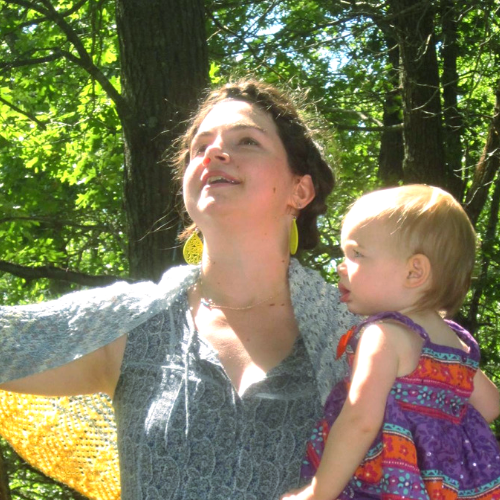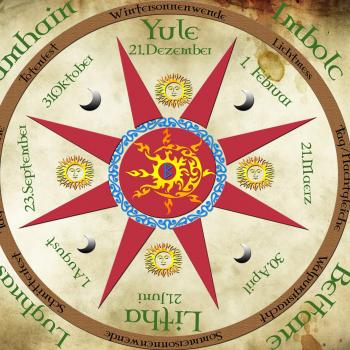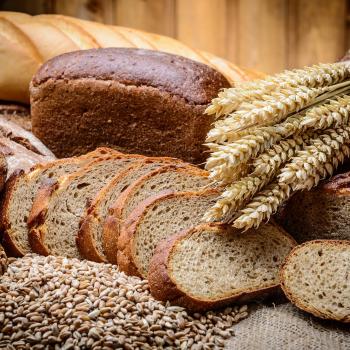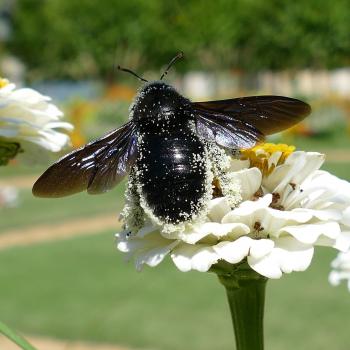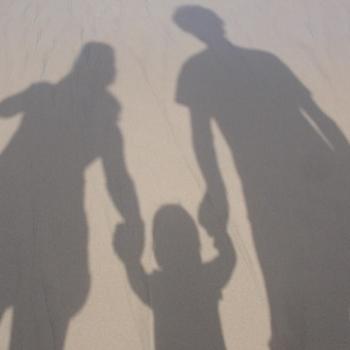From Chaos to Connection – making the most of your Pagan kids’ egg hunt.
It’s that time again when colorful eggs fill stores, and parents brace for the next sugar high. Regardless of origins or absorption into the wider culture, hunting for eggs at the Spring Equinox is a delightful tradition that many Pagan parents feel no guilt about adopting and incorporating into our own celebrations.
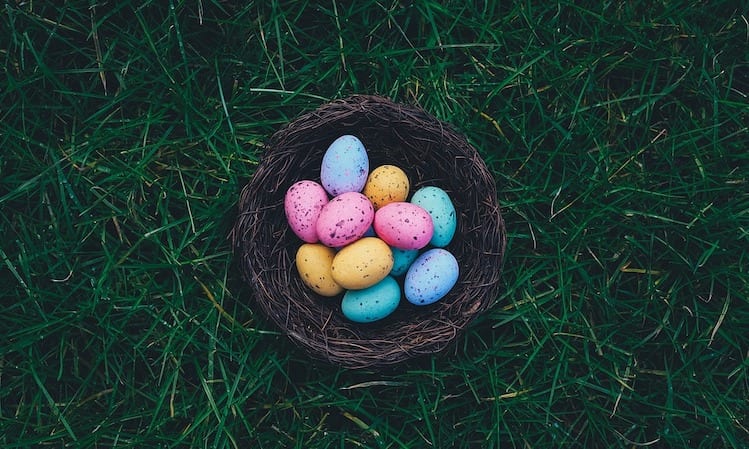
Egg hunts are a fantastic activity for families and groups of all sizes. I’ve been in charge of several of Circle Sanctuary’s recent Welcome Spring egg hunts, and I’ve learned a few tricks of the trade. I’ve also developed a few ideas for how we can use the eggs we’re hunting as part of lessons that teach Pagan ritual in kid-friendly ways.
Leading No-Tears Egg Hunts
Some people have sad memories of childhood egg hunts that more closely resemble Black Friday stampedes. If you’re incorporating an egg hunt into your group or community Equinox celebration, there are a few things you can do to make it fun for all, and less likely to end in tears.
First, separate the ages. At Circle Sanctuary I organize the groups into:
babies and toddlers, defined as any child who is too young to move quickly and understand the concept of “hiding”
older toddlers & pre-school, including those who are big enough to understand what an egg hunt is, but small enough not to be able to compete with older kids
kids, which includes anyone over five until they’re old enough to be offended by being called a kid,
teens and adults. I encourage you to have an adult hunt, if it’s logistically possible, both because the adults will enjoy it and also because many teens really want to keep hunting eggs but feel self-conscious doing so unless the adults are in on it as well.
If possible, give each group a separate zone to hunt in, or run them sequentially, getting the kids and teens to re-hide the same eggs. For the youngest babies and toddlers, putting the eggs in plain sight is fine. (Think the “oh, look! Shells!” moment from Finding Dory). The pre-school group also needs the eggs to be fairly visible, but if you have edges of things, like flower beds or paths, that’s a great place to put them.
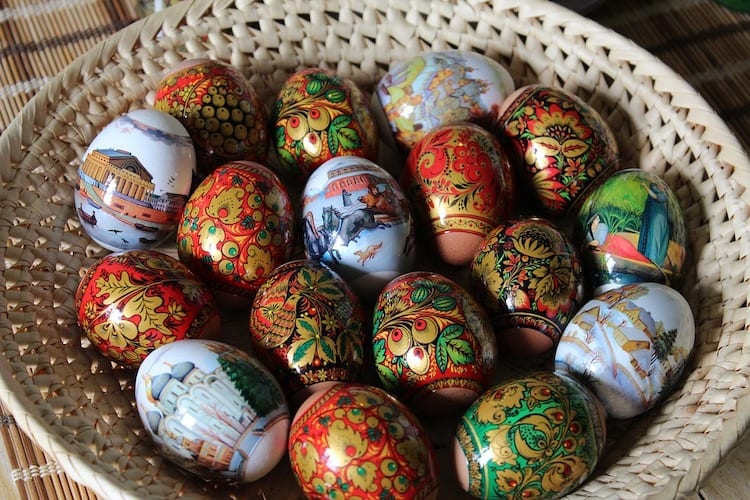
For the older kids, include a mixture of obvious and hidden eggs. For the adults and teens, give the egg hiding to those who will get as devious as possible, but with the caveat that no egg should be put in an unsafe location. It’s important to have clearly delineated boundaries for each egg-hunting zone, so no one wanders off on a wild goose-egg chase.
“Oh look, eggs!” Egg-hunting for five and under
For the toddlers and preschoolers, the hunt process can be fairly simple. Yell “go” and let them find eggs. Have parents or teen volunteers accompany the little ones, to help them hunt and avoid conflict. If you have a few kids who are visibly struggling to get eggs, you can usually recruit a few older teens to discreetly plant eggs ahead of where they’re looking. The teens are usually gratified to be given the responsibility and the younger kids are too focused on looking to notice.
Better Egg-Hunting Through Algebra
For the kids, though, some more structure is needed. There is a huge difference in the running and finding ability of a first-grader and a fifth-grader. Some children may have mechanical or cognitive disabilities which might also make them slower to find eggs. Without some structure, what often ends up happening is that the oldest kids end up with overflowing baskets, while others end up in tears as one or two eggs rattle around in an otherwise empty basket.
The solution I’ve found is to impose an initial “bag limit” on eggs. Divide the number of eggs (E) by the number of kids (k), and subtract three or so, and you’ll have a good bag limit (B). So the formula for a successful egg hunt is (E/k)-3=B . Release the kids, but say they have to return to you once they have their bag limit.
Let them line up as soon as they return and pick a small prize. Try to have the prizes be mostly similar, so it doesn’t matter much who goes first. They’ll still care, but being last won’t have major consequences. Let each child show you their eggs and pick a prize before releasing them back out to get the rest of the eggs, with no bag limit. If you award prizes again at the end, give them out by age, not by number of eggs, with the youngest going first.
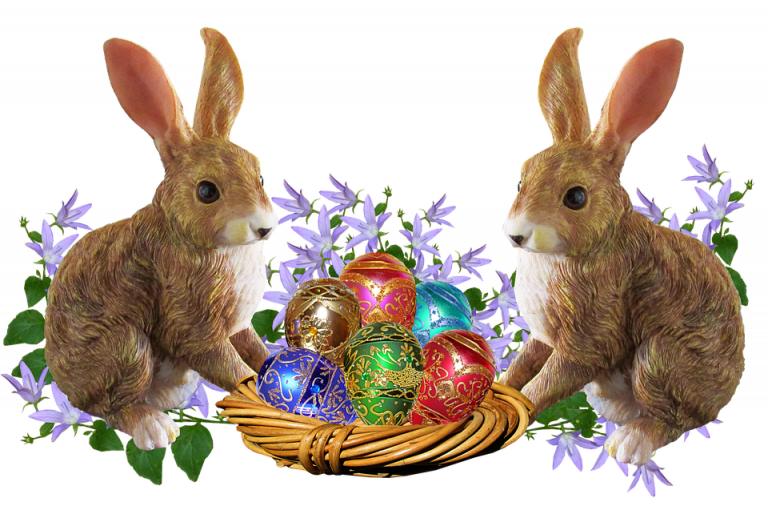
Prizes for Kids or Adults
If you’re going to use prizes for kids, have them all be similar so no kid feels like they missed out. For prizes for adults, consider making it a “potluck” with everyone bringing a book or small spiritual item they liked but that no longer “sparks joy.” Pretty much every Pagan I know has a collection of random items and semi-precious stones that they’re not actively using but can’t discard. Have everyone clean the item ahead of time, and give them out at random to those who turn in their eggs.
Beyond the Hunt – An Egg-Centric Ritual for Kids
Once the eggs are hunted, you can do more than eat their contents. You can use the eggs in activities like egg divination or egg races or incorporate them into a teaching ritual, like the one below.
Whether you’re dyeing or buying your eggs, consider selecting the colors carefully. Try to select for colors that are associated with the elements or another similar concept in your tradition. For the sake of this example, we’ll use the four elements in green, yellow, red, blue, plus purple for center. Define the circumference of your circle, maybe by having the kids hold hands and stretch out as far as they can go. Put a basket or bowl at the cardinal points of the circle, and in the center.
Bring out a compass if you have it, and have the kids find North. Explain that this is North, and generally what North means in your tradition (i.e. “North is the color of Earth. When we think about Earth we think about things that are strong like rocks, that are solid like mountains, and that help support us like how our bones support our body.) As everyone with a green egg in their basket to raise their hands, and when you point to them have them put their egg in the basket in the North, or if you have a smaller group you can ask them to come up with an animal, plant, or other thing that reminds them of the north for each egg they add. Pick older or more experienced kids first, so the others can see what kind of animals or examples they come up with. Continue until all the green eggs are in the North basket.
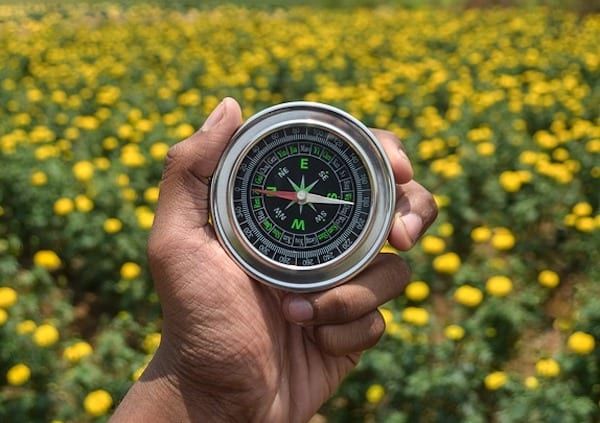
Repeat this with each of the other directions, letting the group populate each basket, ending in the center. You can then form a circle inside of the baskets, or if you only are a few people, move back to your starting position, in this example North. You can give the kids egg shakers, or use clapping.
Model raising your hands toward the basket of eggs, and give a short invocation to the element, connecting it with the celebration. “Element of North and Earth, thank you for supporting our bodies and being the strong ground under our feet. Please be with us this spring and give us strong bodies. Welcome Earth, Welcome, Earth, Welcome Earth!” On each “Welcome Earth” clap your hands or shake a rattle in time to the chant. Feel free to let it go longer than three repetitions to give the kids time to get into it.
Repeat the invocation to each of the directions, ending in the center. Facing the center call upon the spring. “As we stand here together, with the spirit of North, East, South, West, and Center all around us, we call in the spirits of Spring. Fill us with your energy for fun and joyful months to come. Welcome Spring! Welcome Spring! Welcome Spring!” Repeat “welcome spring” with clapping or rattling, getting louder and faster as you go. Kids are fantastic at raising energy with speed and volume! If you’ve got a group of 3-6 kids of about the same sizes and comparable physical abilities you can also try getting them to join hands and skip, ring-around-the-rosy style—just don’t crush the eggs when you inevitably topple to the floor!
At the end, you can have the kids take one egg from each of the directions home with them, or pick one direction they really like and take one egg from there. Or if you need to get rid of the eggs they can take as many as they want!
Other ideas:
If you’re hiding a smaller number of eggs, use a sticker on plastic eggs or a marker on real eggs to draw elemental or spiritual symbols on the eggs, one symbol per egg. Get the kids to trade until they all have one of each symbol.
Hide “special” eggs, one for each kid, with a symbol or tag with special job to do during your group or family’s ritual. Trade eggs till every kid has one job.
For a small group including older kids and teens, spell out words like OSTARA, SPRING, EQUINOX, or the names of the elements, one letter per egg. Have them trade until each person can make a word.
There really is no wrong way to do a ritual like this for children. If the energy that gets raised is minimal, that’s ok. If they just like the clapping or rattling, that’s ok. When we do rituals for children we’re familiarizing them with the basic structure and concepts that will come up in more formal rituals, but we’re letting them participate in a hands-on, playful way. Kids “learn through play,” so if we want to teach them about our traditions we need to find a way to make them play-accessible.


